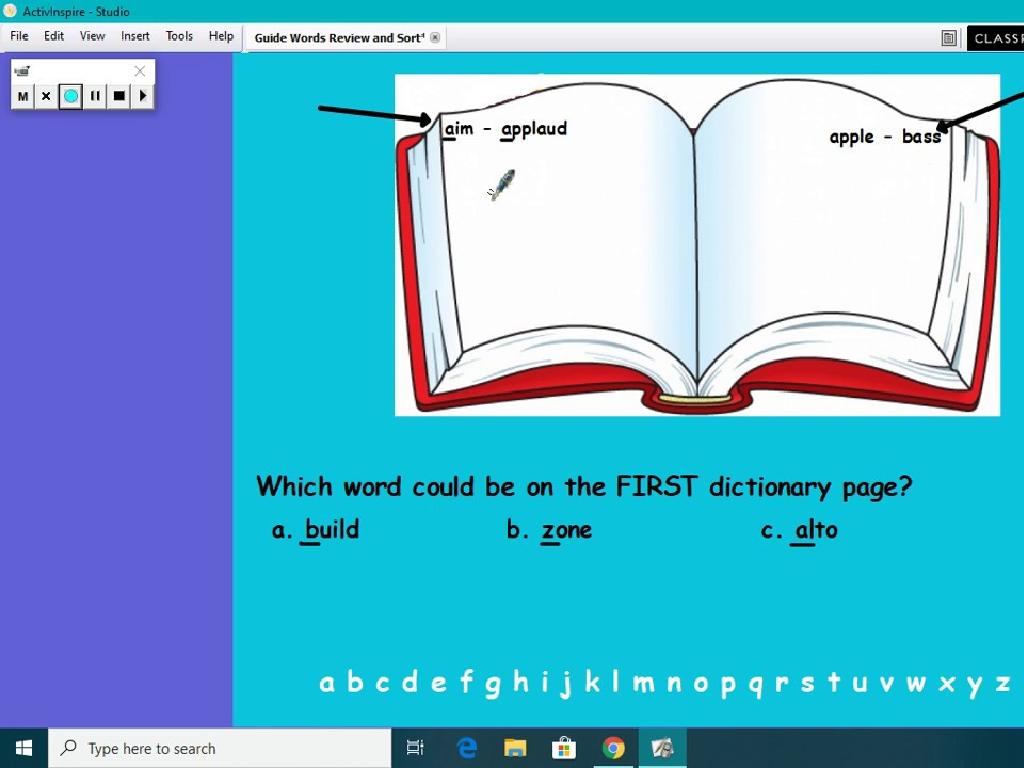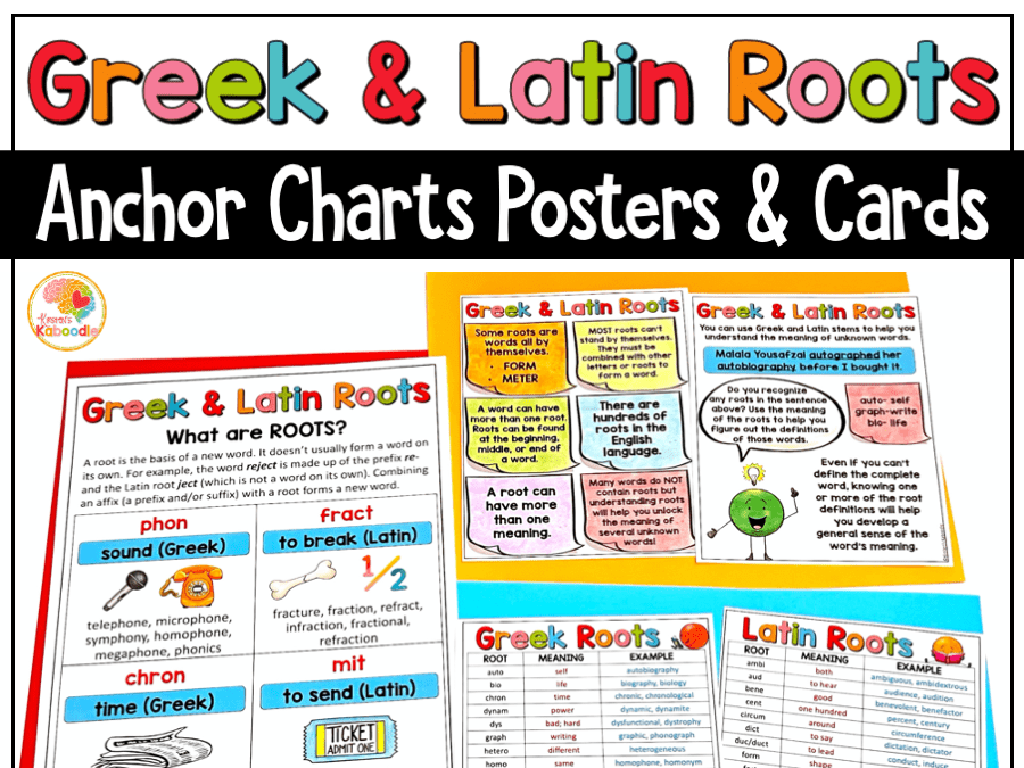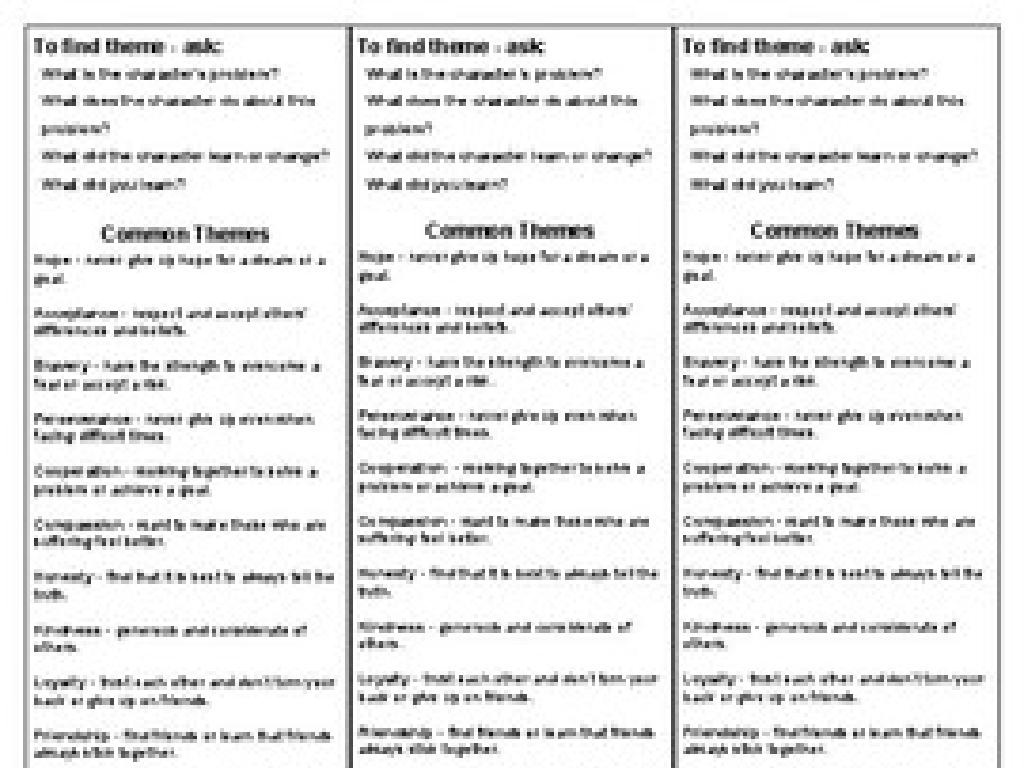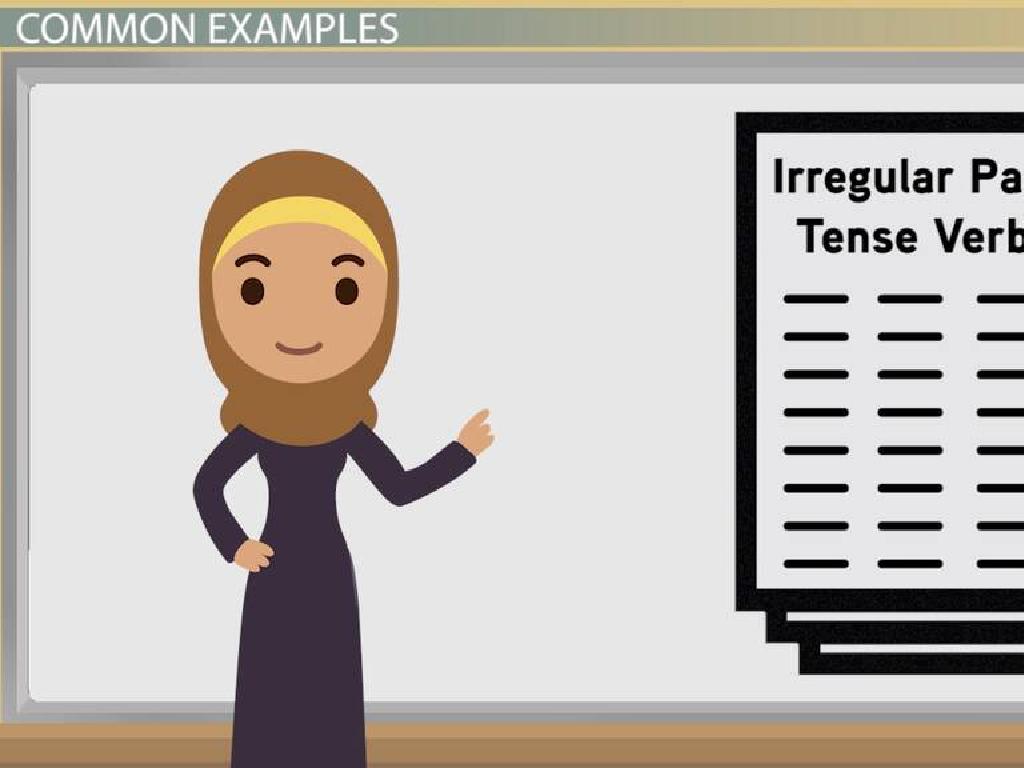Identify And Select Countries Of Europe: Region 5
Subject: Social studies
Grade: Seventh grade
Topic: Europe: Geography
Please LOG IN to download the presentation. Access is available to registered users only.
View More Content
Exploring Europe: Region 5 Geography
– Europe’s diverse geography
– What are ‘regions’ in geography?
– Regions help categorize areas with similar characteristics
– Focus on Europe’s Region 5
– Region 5 includes countries like France, Italy, and Spain
– Key countries in Region 5
– Explore the culture, climate, and landmarks of these countries
|
This slide introduces students to the geography of Europe, emphasizing the diversity of the continent’s landscape. It explains the concept of geographical regions, which are areas that are grouped together based on shared features, whether physical, cultural, or political. Today’s lesson will concentrate on Region 5, which includes some of Europe’s most well-known countries such as France, Italy, and Spain. Students will learn about the unique cultural practices, climate variations, and significant landmarks that define this region. Encourage students to think about what makes this region distinct from others in Europe and to be prepared to explore the individual countries in more detail.
Understanding Regions in Geography
– Define a geographical region
– An area with distinct features that set it apart from others
– Characteristics defining a region
– Physical: mountains, rivers; Cultural: language, history
– Regions: Global examples
– The Sahara, Amazon Basin, Silicon Valley
– Europe’s regional division
– Region 5 includes countries like France, Germany, and Italy
|
This slide introduces the concept of a geographical region, which is a segment of land identifiable by unique physical and cultural characteristics. It’s important for students to grasp that regions are not just defined by political borders but also by features such as climate, landforms, and cultural practices. Provide global examples to illustrate the diversity of regions, such as the Sahara for its desert climate, the Amazon Basin for its rainforest ecosystem, and Silicon Valley for its tech industry. Highlight Europe’s division into regions, with Region 5 encompassing some of the continent’s most influential countries. Encourage students to think about what characteristics might define their own local region.
Exploring Europe: Region 5 Countries
– Locate Region 5 on a map
– Use a map to find Region 5, which includes countries like Norway and Switzerland.
– Enumerate countries in Region 5
– List includes Norway, Sweden, Switzerland, etc.
– Share fun facts about each country
– For Norway: midnight sun; Sweden: origin of the Nobel Prize; Switzerland: land of watches & chocolates.
– Understand cultural diversity
|
This slide aims to familiarize students with the geographical location of Region 5 in Europe and to identify the countries that are part of this region. Start by showing them how to find Region 5 on a map. Then, list the countries included in this region, such as Norway, Sweden, and Switzerland. Share interesting and fun facts about each country to pique students’ interest and help them remember these places. For example, mention that Norway is known for the natural phenomenon of the midnight sun, Sweden is the origin of the prestigious Nobel Prize, and Switzerland is famous for its high-quality watches and delicious chocolates. Highlight the cultural diversity within this region and encourage students to explore more about these countries’ unique traditions and contributions to the world.
Physical Geography of Europe: Region 5
– Major mountains, rivers, and lakes
– Explore the Alps, Danube River, and Lake Geneva
– Climate and natural resources
– Discuss Mediterranean climate and olive oil production
– Geography’s impact on lifestyle
– How mountains and rivers influence settlement and culture
– Exploring Region 5’s diversity
|
This slide aims to introduce students to the physical geography of Europe’s Region 5, which includes features such as the Alps, the Danube River, and Lake Geneva. Discuss the Mediterranean climate prevalent in parts of this region and how it allows for the cultivation of olives, leading to olive oil production. Highlight how the physical geography, including mountain ranges and rivers, has historically influenced where people settle and their way of life, such as trade routes and cultural exchanges. Encourage students to think about how living near these physical features would influence their daily lives. The slide also sets the stage for discussing the rich diversity within Region 5 due to its varied geography.
Cultural Highlights of Europe: Region 5
– Diversity of languages in Region 5
– Region 5 includes languages such as French, German, and Italian.
– Traditions and festivals
– Celebrations like Oktoberfest in Germany, and Bastille Day in France.
– Iconic landmarks of Region 5
– Eiffel Tower in France, Colosseum in Italy are must-sees.
– Historical sites to explore
– Visit the Roman ruins, and medieval castles for a trip back in time.
|
This slide aims to give students a glimpse into the rich cultural tapestry of Europe’s Region 5. Highlight the linguistic diversity, mentioning key languages and perhaps a few common phrases from each. Discuss popular traditions and festivals, emphasizing how these events reflect the values and history of the people. Introduce famous landmarks, encouraging students to research more about them. Finally, touch on the historical sites, explaining their significance and the stories they tell about Europe’s past. This will help students appreciate the cultural richness and historical depth of the region.
Economic Activities in Europe: Region 5
– Agriculture, industry, and services overview
– Region 5’s economy includes farming, manufacturing, and services like education and healthcare.
– Trade and tourism significance
– Tourism thrives due to historical sites; trade is bolstered by strategic locations.
– Geography’s impact on economy
– Mountains, rivers, and climate affect what can be produced and traded.
– Case study: A Region 5 country
– Example: Analyzing how Italy’s geography influences its economy.
|
This slide aims to give students an understanding of the diverse economic activities in Europe’s Region 5. Start by discussing the main sectors: agriculture (farming and livestock), industry (manufacturing goods), and services (education, healthcare, finance). Highlight how trade is a vital part of the economy, with goods being exchanged within and outside the region. Tourism also plays a crucial role due to the rich cultural heritage and natural landscapes. Emphasize how geographical features like mountains, rivers, and climate zones can dictate the economic strengths and challenges of a region. Use a case study, such as Italy, to illustrate these points, discussing how its coastline benefits trade and tourism, while the Alps provide opportunities for winter sports and affect agriculture.
Class Activity: Exploring Europe’s Region 5
– Engage with an interactive map
– Group work: label Region 5 countries
– Research and present a country
– Each group picks one country to explore in depth
– Share interesting country facts
– Find unique cultural, historical, or geographical facts
|
This activity is designed to help students learn about the countries in Europe’s Region 5 through an interactive and collaborative approach. Provide students with an interactive map tool that they can use to identify and label the countries in this region. Divide the class into small groups and assign each group the task of researching one country from Region 5. Encourage them to look for interesting facts about their chosen country’s culture, history, or geography. Each group will then present their findings to the class, allowing students to teach and learn from each other. This activity not only reinforces geographic knowledge but also enhances research and presentation skills. Possible variations of the activity could include creating a travel brochure, a cultural artifact, or a mini-documentary about the selected country.
Conclusion: Europe’s Region 5 – Embracing Diversity
– Recap of Europe’s geography
– Insights on Region 5 countries
– Discussed characteristics of countries like France, Italy, Spain
– Understanding regions and diversity
– Recognizing regional differences fosters appreciation for cultural diversity
– Reflect on today’s discoveries
|
As we conclude today’s lesson, it’s important to summarize the key points about Europe’s geography, with a focus on Region 5. Highlight the main characteristics of countries within this region, such as their cultural landmarks, languages, and historical significance. Discuss how understanding the unique aspects of each region can enhance our appreciation for Europe’s rich diversity. Encourage students to reflect on what they’ve learned and how this knowledge can be applied to understand global diversity better. Ask them to consider how recognizing and valifying cultural differences can lead to a more inclusive world.






